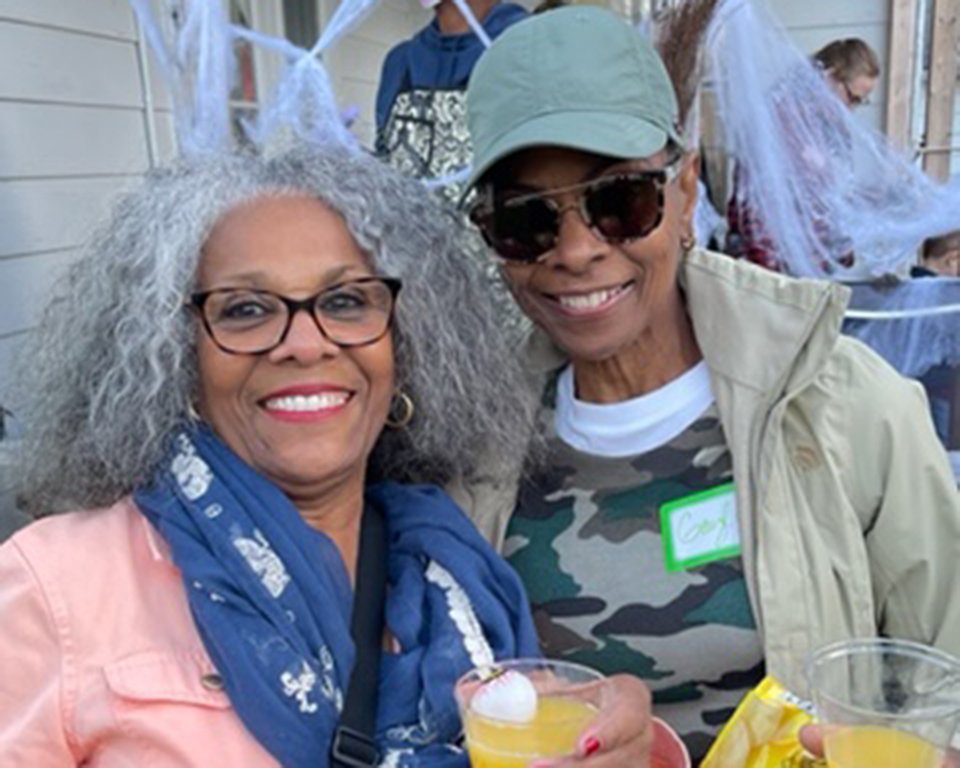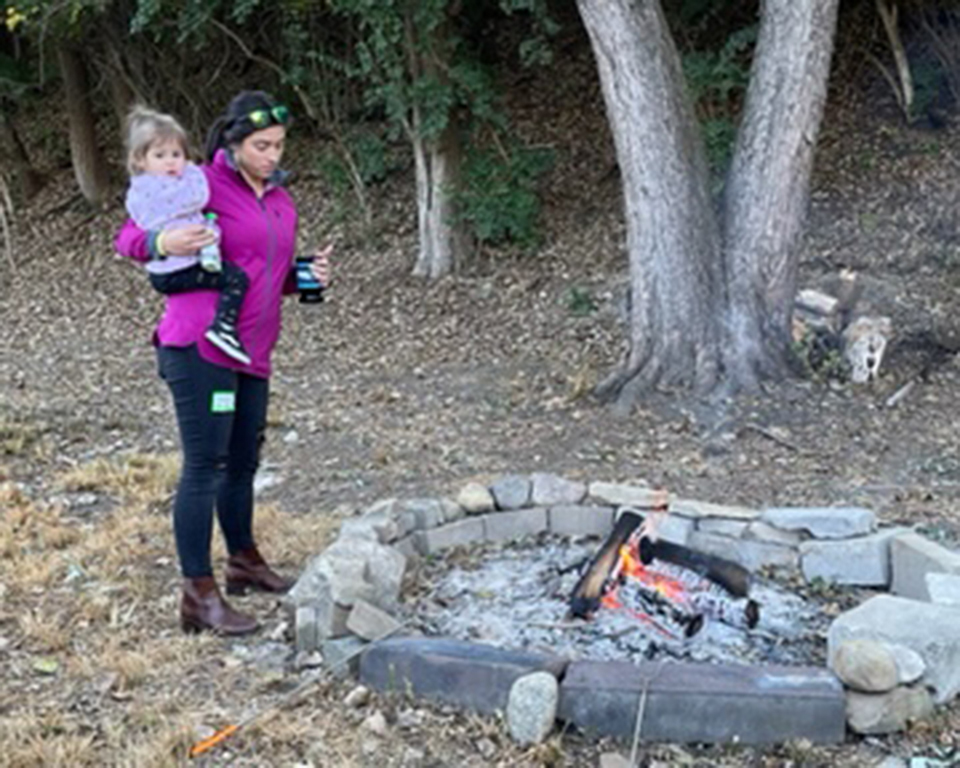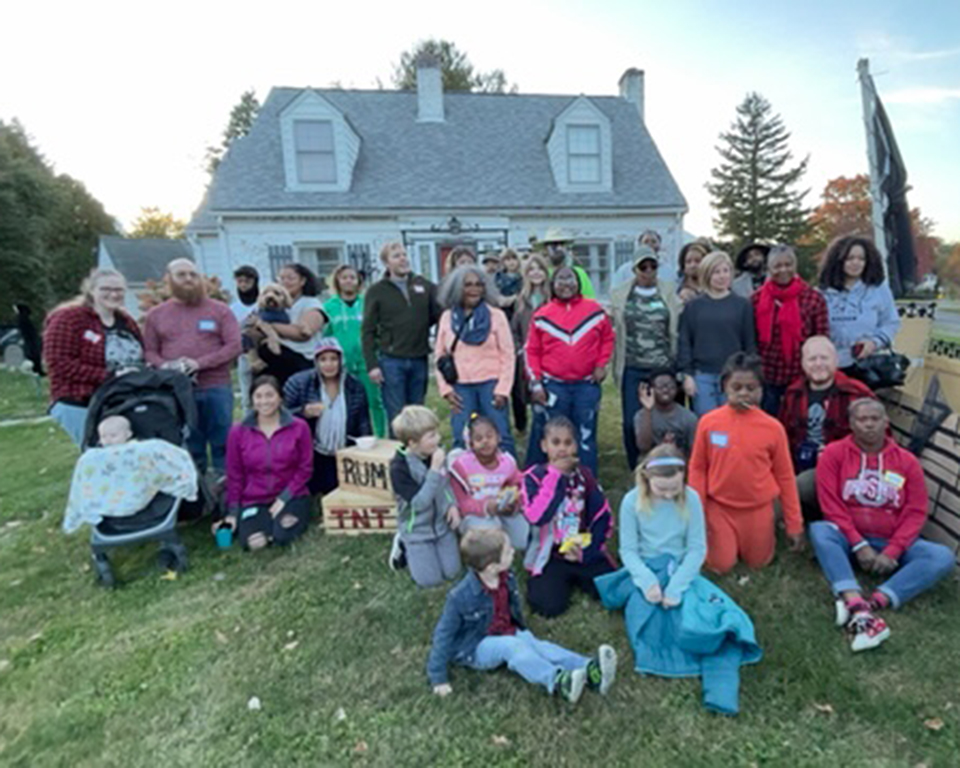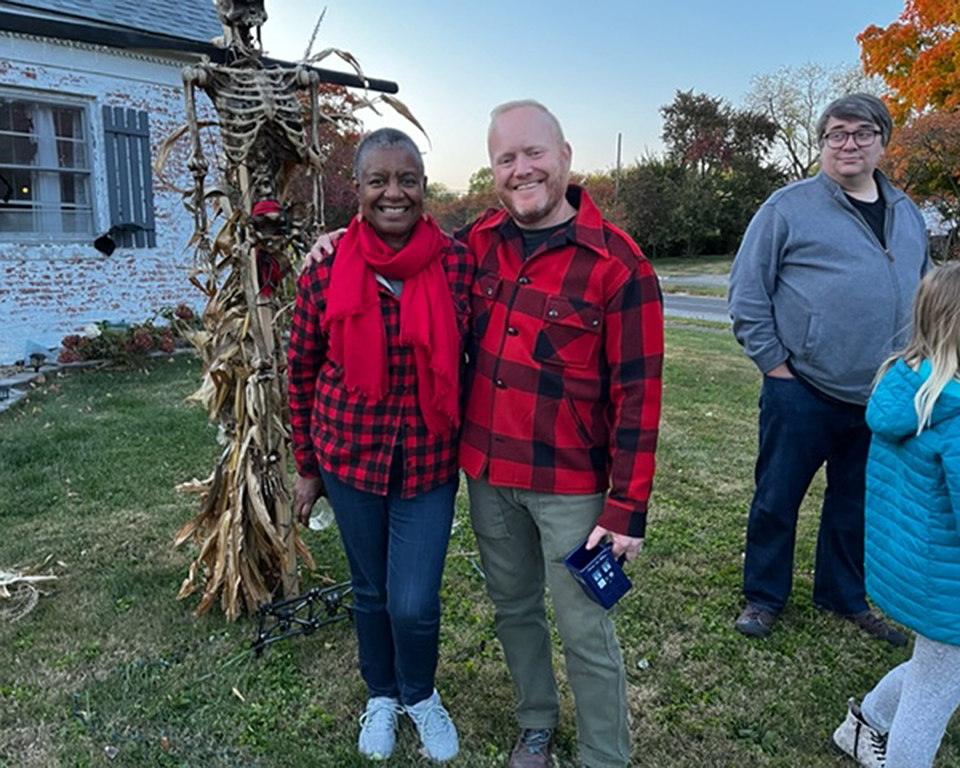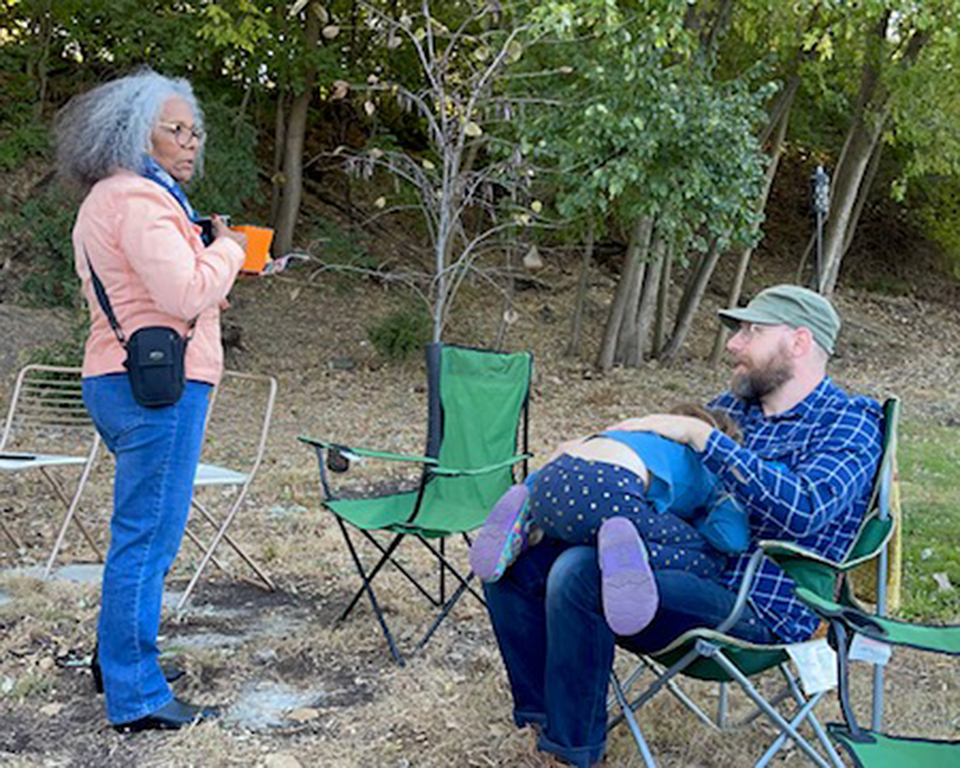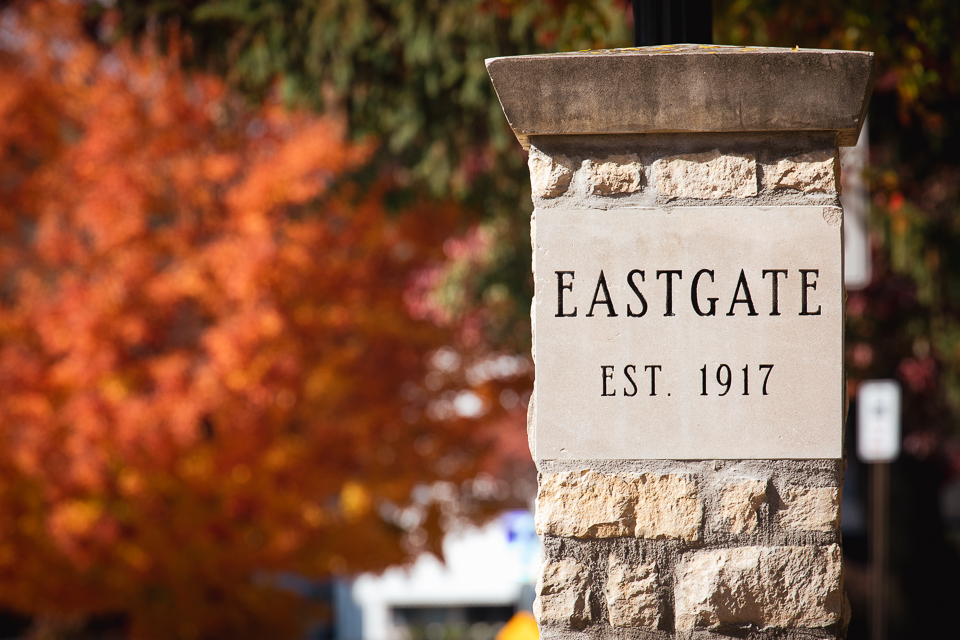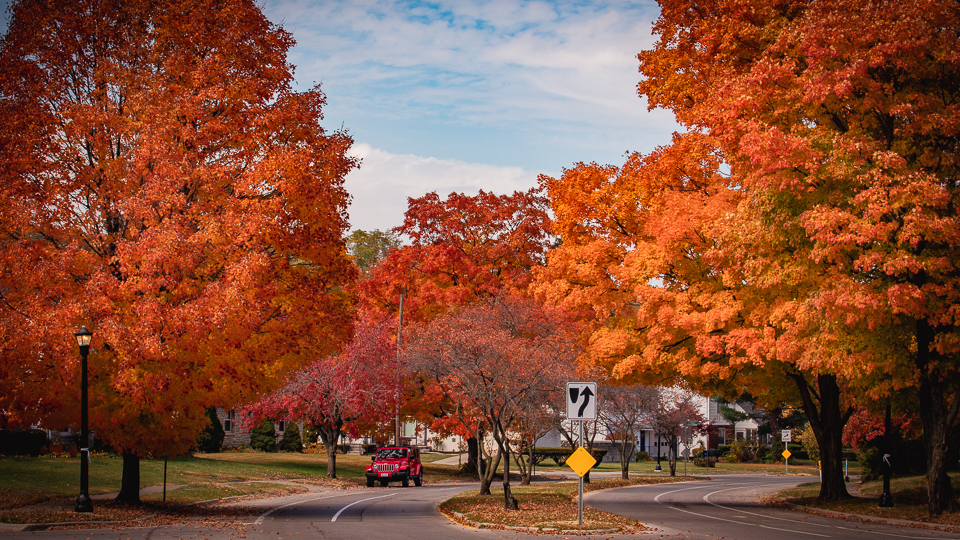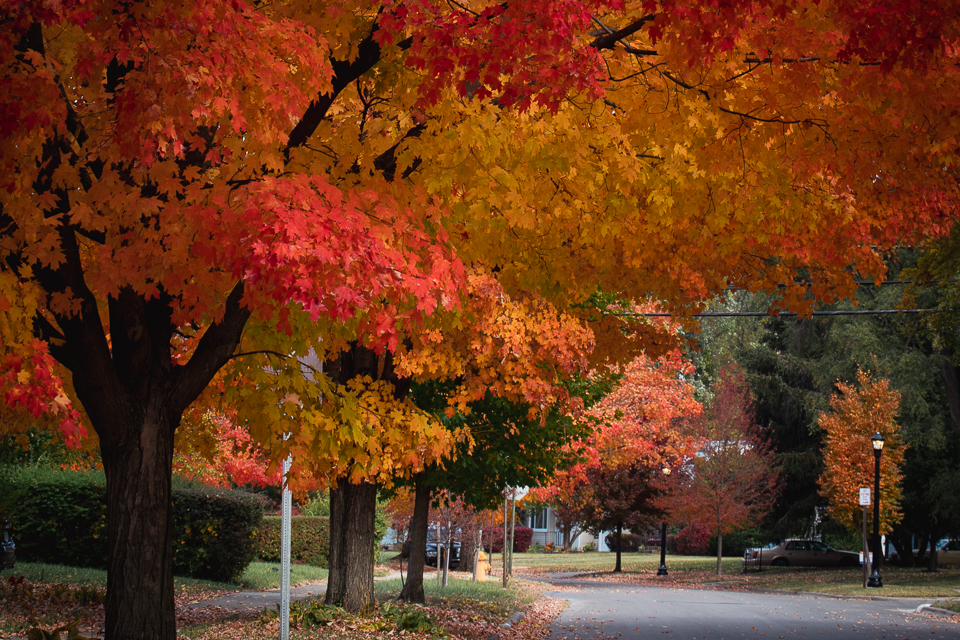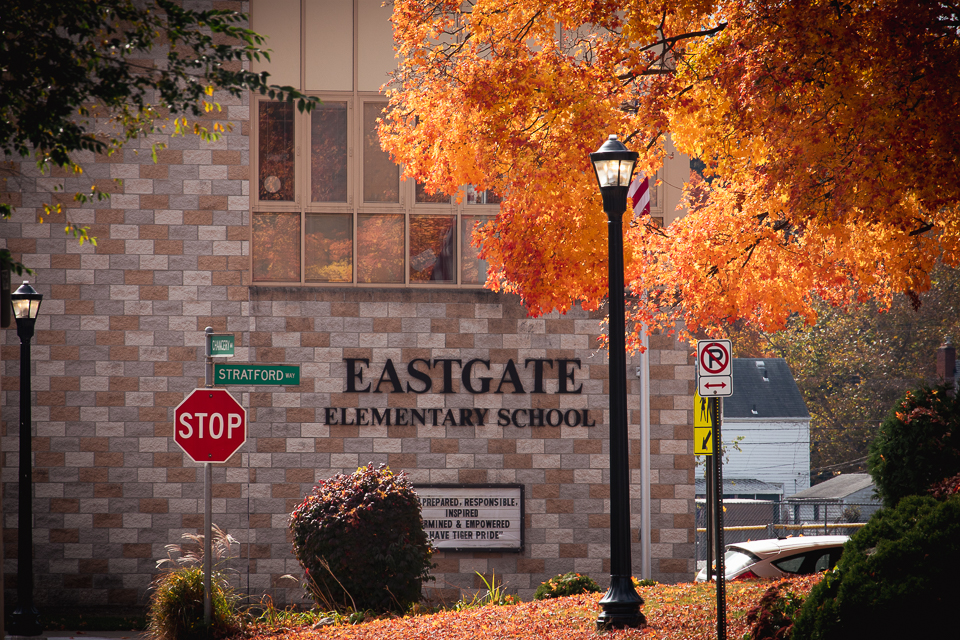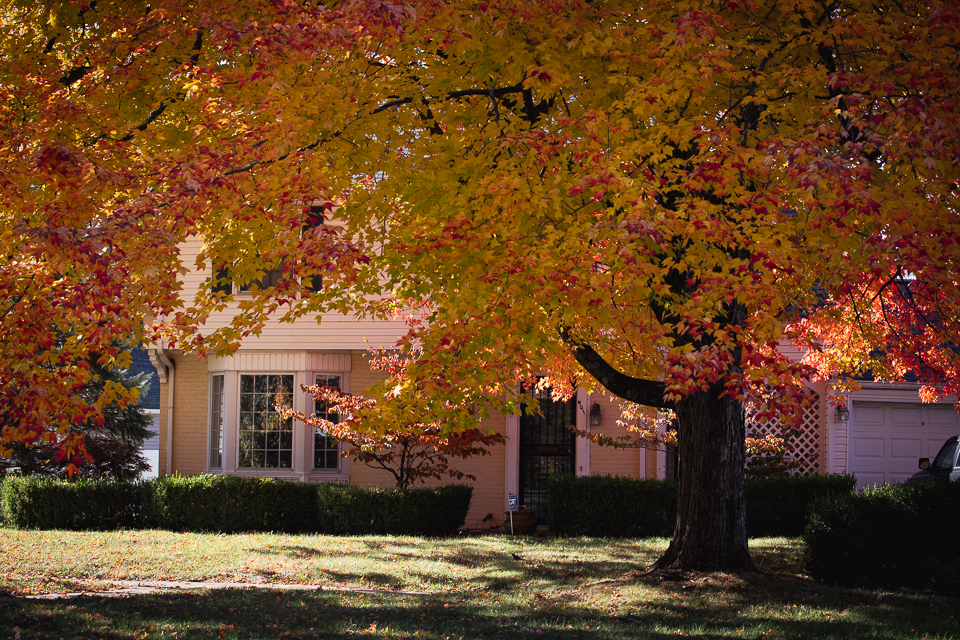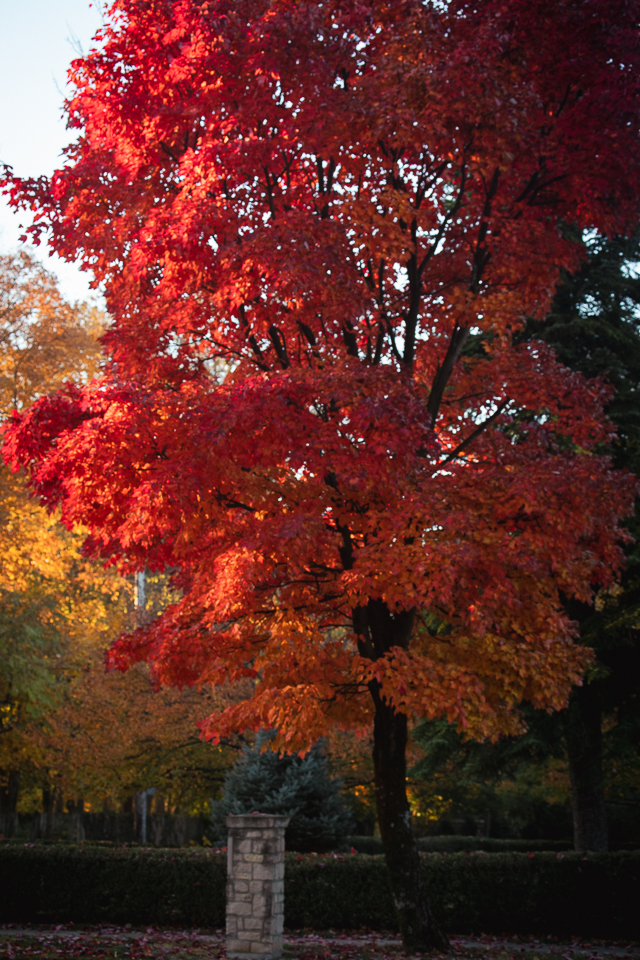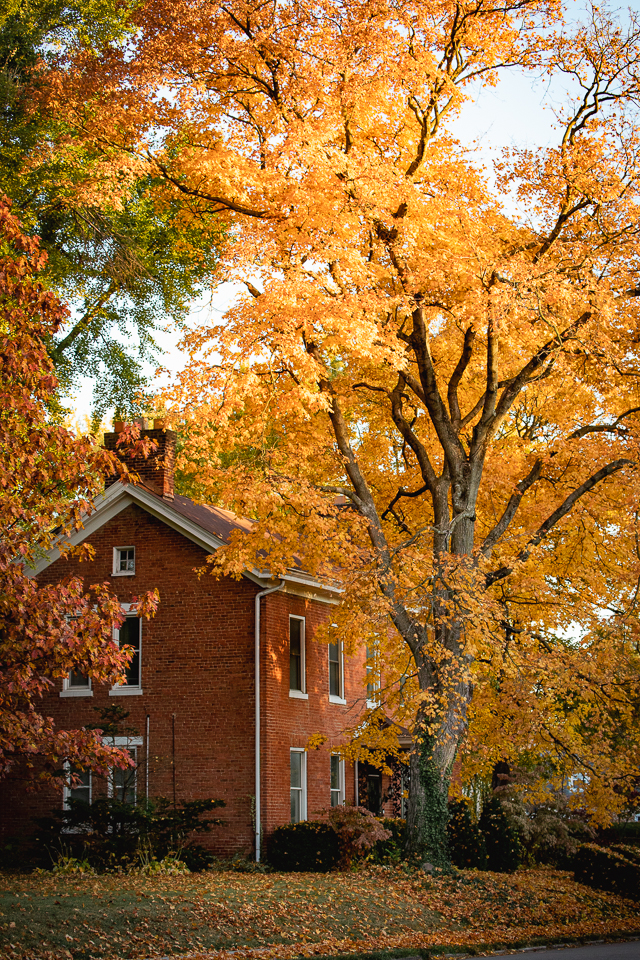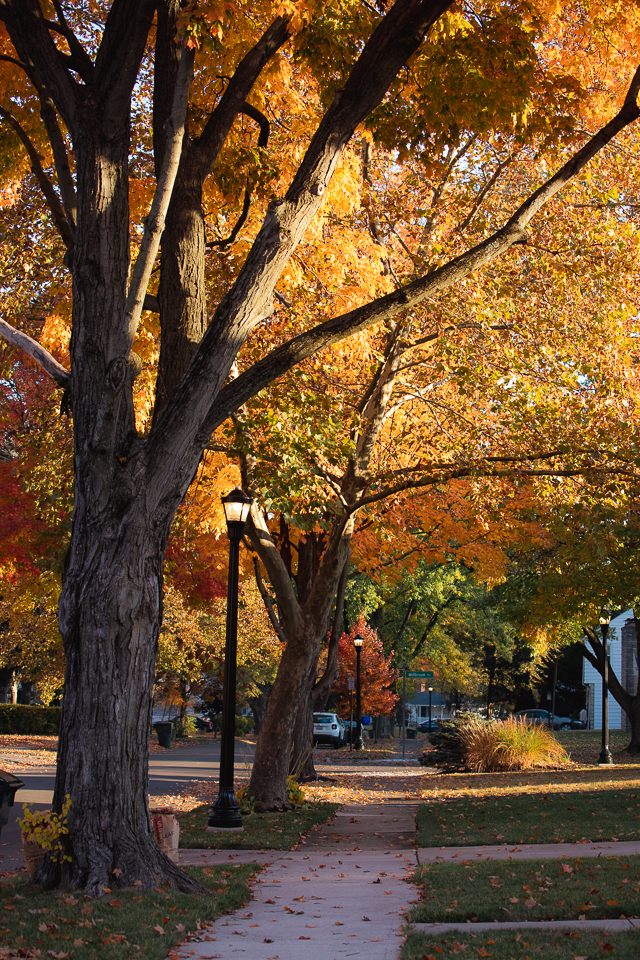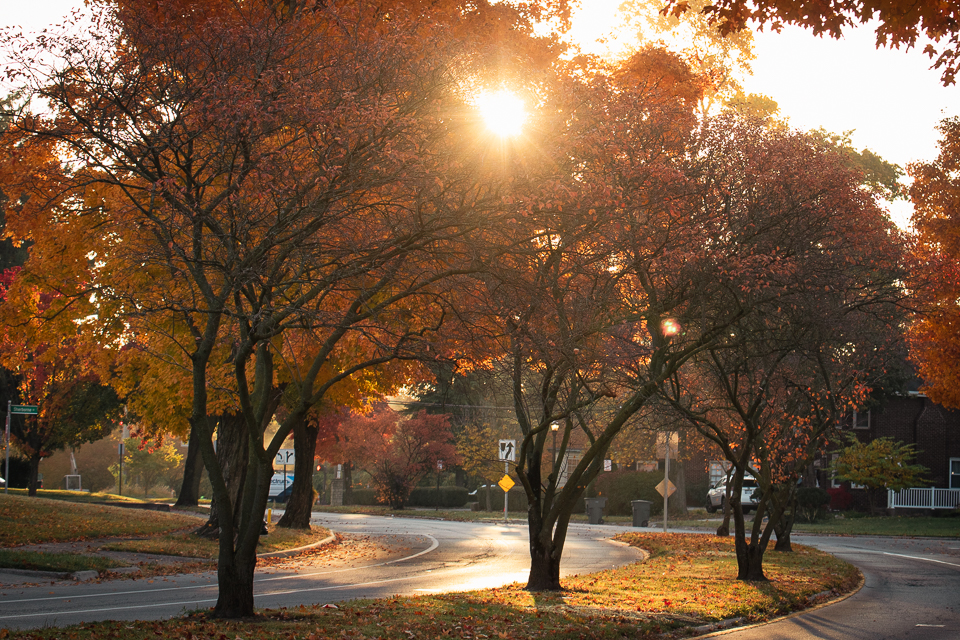History
The first ads for Eastgate were published in The Columbus Dispatch on July 17th 1916 when The Carl Baldwin Real Estate Company developed the area. William Pitkin, Jr., the architectural landscape designer who had laid out Shaker Heights in Cleveland, several college campuses, was hired to design Eastgate. Pitkin’s plan for the neighborhood was to create a park-like setting, making it stand out from other Columbus neighborhoods at the time.
The Nelson homestead along Alum Creek was settled in 1802 including a mill built in 1832. The Nelson family home was built in 1819 and Mary Nelson was the last Nelson to live in the home when she died in 1953. It is one of the oldest residential homes in Columbus with only three owners since the Nelson family. By 1916, most of the homestead was developed into this unique urban neighborhood.
Eastgate has been a middle class community in Columbus Ohio since its establishment almost 100 years ago. By the early 1950s, Eastgate became a destination neighborhood for many African Americans including Judge Robert Duncan, radio personality Eddie Saunders, civic leader Edna Bryce, Columbus Police Inspector Harvey Alston, Capt. Wesley Sawyer, and five Tuskegee airmen.
Eastgate Elementary School, centered in the community, was built in the early1930s as a one-room schoolhouse. A new building was erected in 1954 and was replaced with a new building in 2009. East High School football field is located adjacent to the elementary school and is named after famed OSU Buckeye star, Chic Harley.
In 1998, Columbus Monthly named it one of the top neighborhoods in Columbus and still is a strong neighborhood with an active association with over 100 members.
